 , Gyu Bae Lee
, Gyu Bae Lee , Jihyun Yoon
, Jihyun Yoon , Yang-Hyun Kim
, Yang-Hyun Kim
 , Ga-Yang Shim
, Ga-Yang Shim
 , Jae-Young Lim
, Jae-Young Lim


 , Jung-Ha Kim
, Jung-Ha Kim

 , Jihyun Ahn
, Jihyun Ahn
 , Hyun Kang
, Hyun Kang
 , Oh Haeng Lee
, Oh Haeng Lee , Hyun Kang
, Hyun Kang
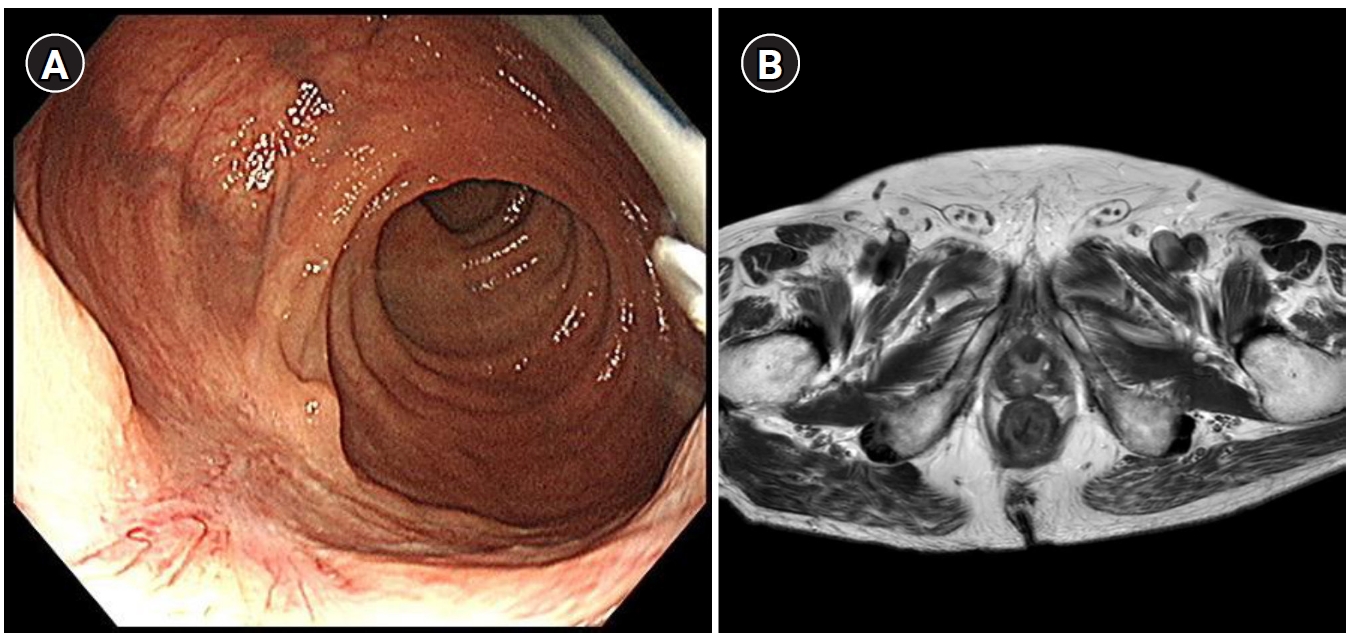

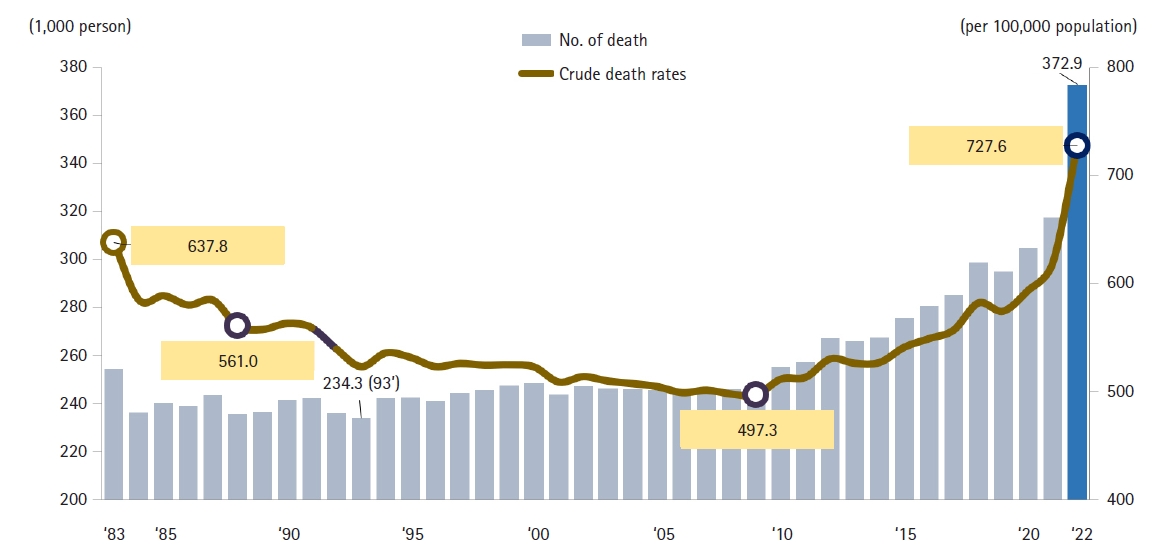
 , Juhee Seo
, Juhee Seo , Hyun Jung Park
, Hyun Jung Park
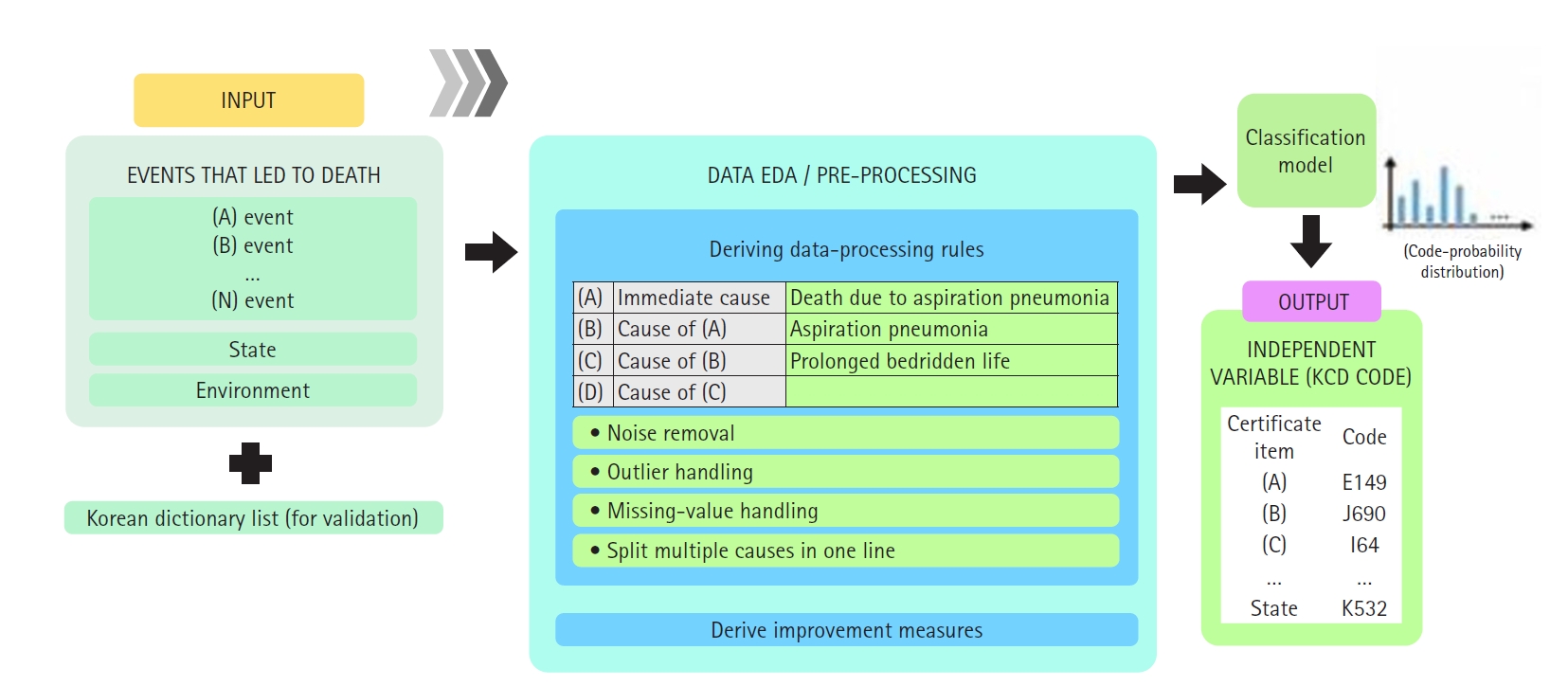
 , Gyeongmin Im
, Gyeongmin Im
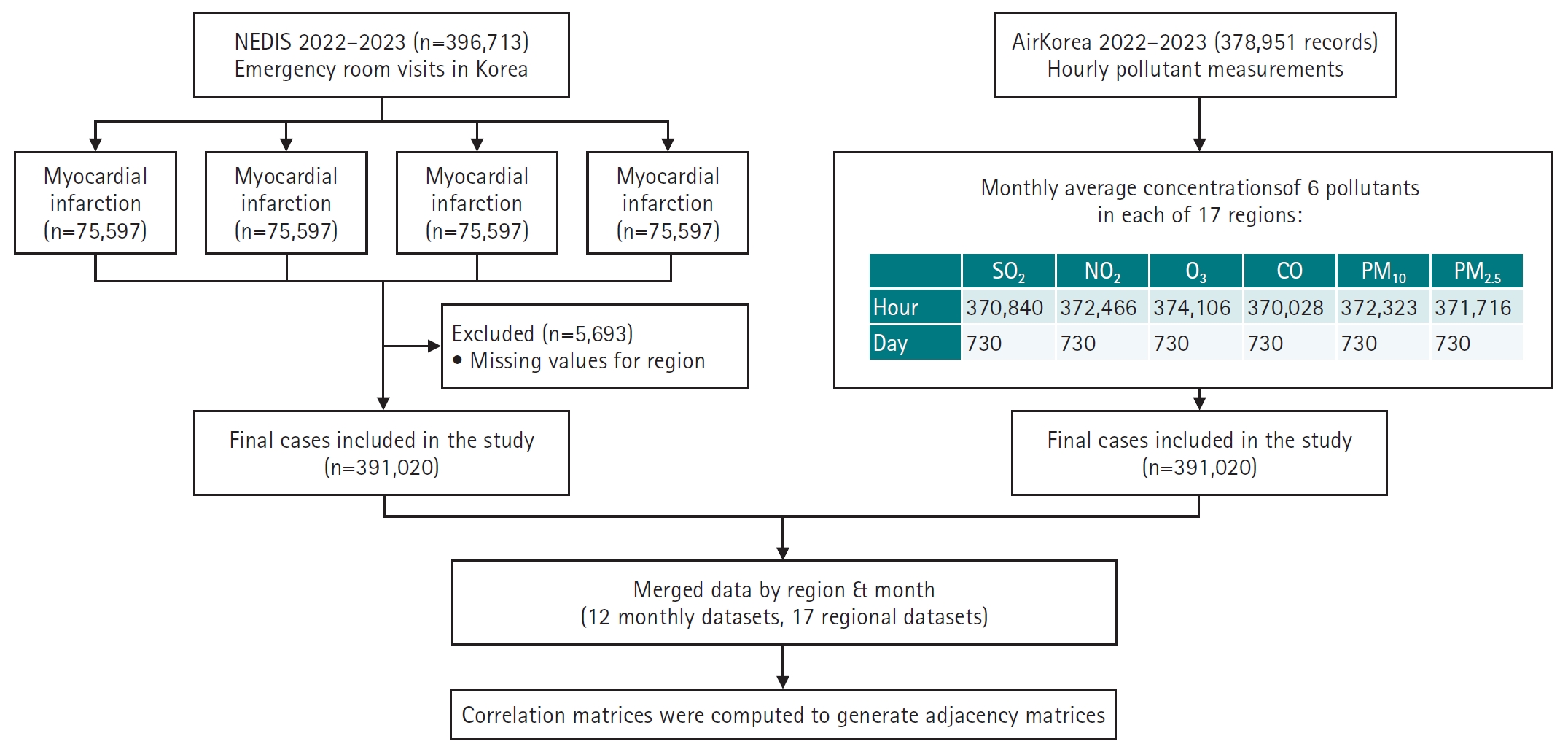
 , Seungpil Jeong
, Seungpil Jeong , Eunhee Ha
, Eunhee Ha
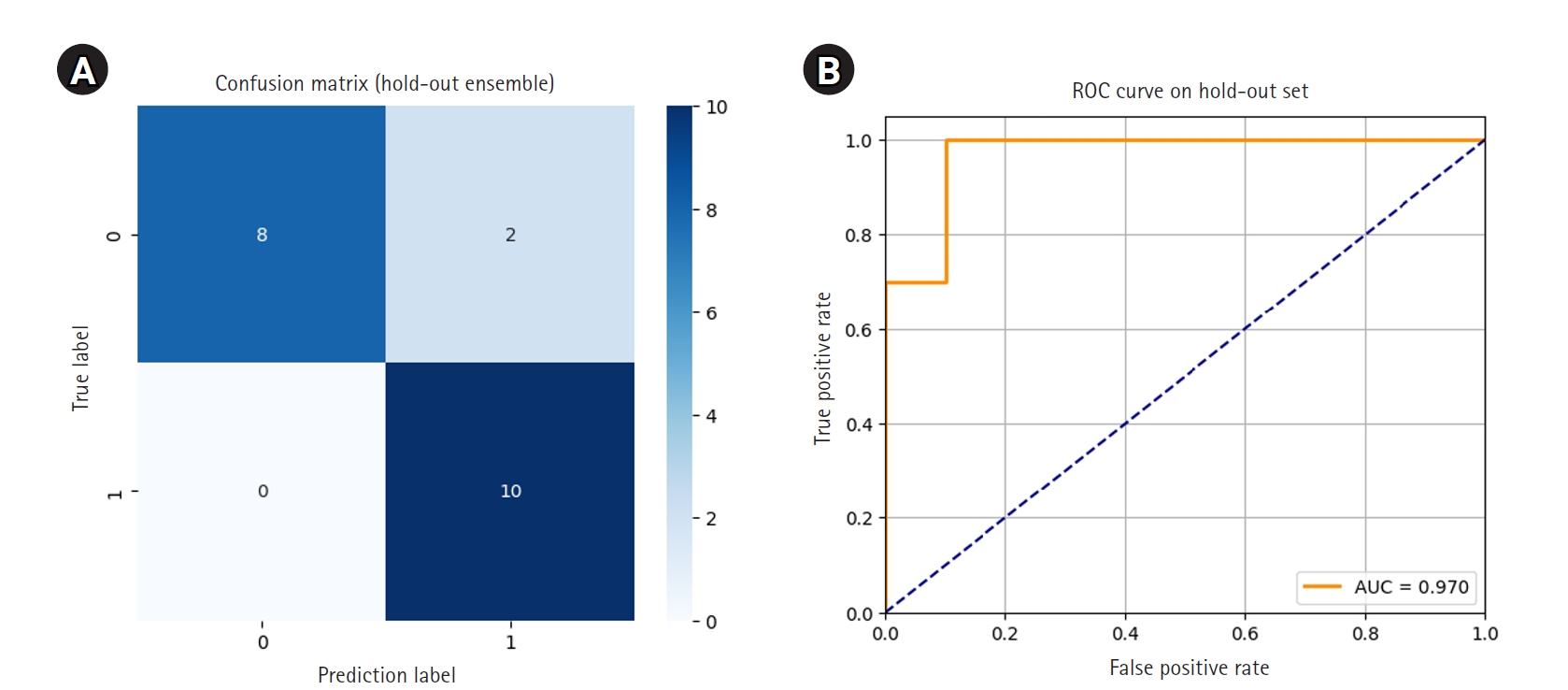
 , Sohyun Ahn
, Sohyun Ahn , Ji Yeon Byun
, Ji Yeon Byun
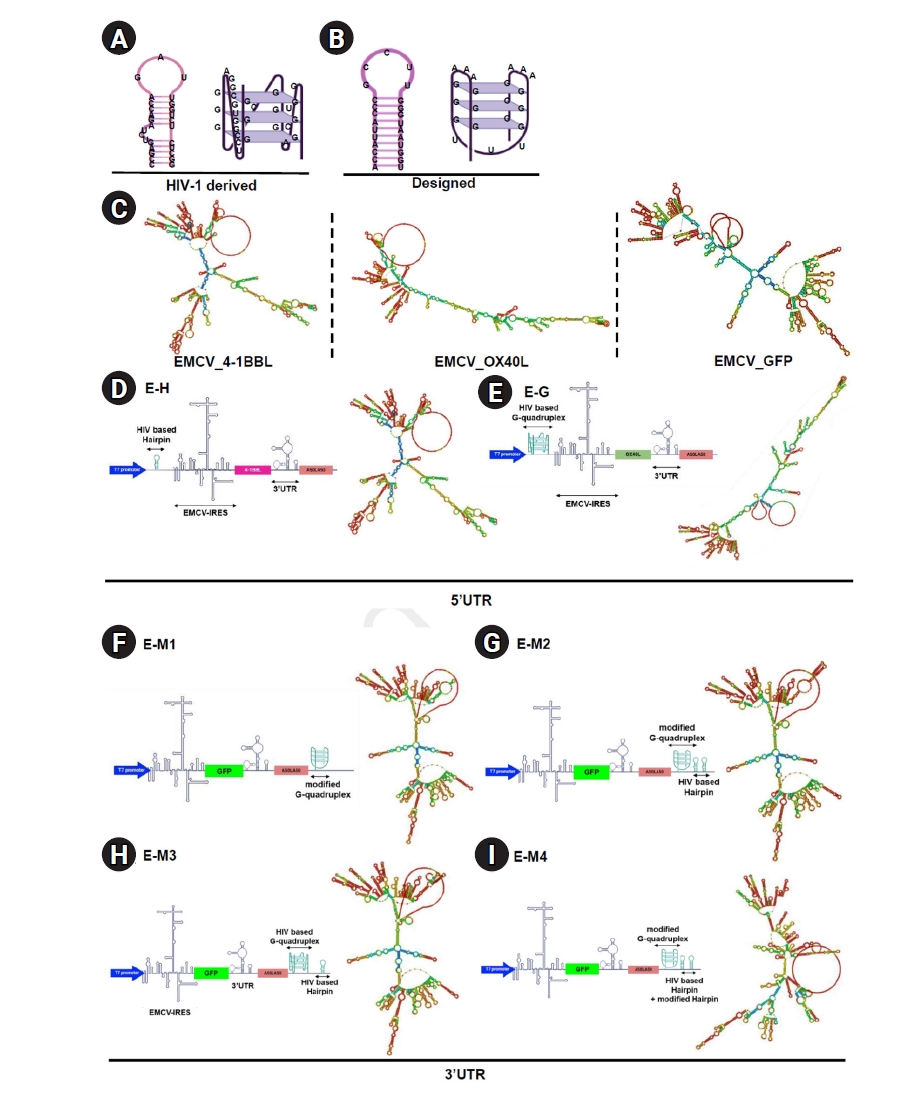
 , So-Hee Hong
, So-Hee Hong
 , Jooyoung Choi
, Jooyoung Choi

 , Seoyoung Kim
, Seoyoung Kim , Dohyoung Rim
, Dohyoung Rim

Citations

 , Eun-Kyoung Pang
, Eun-Kyoung Pang
Citations

 , Won Woong Lee
, Won Woong Lee , Haewoo Lee
, Haewoo Lee , Jin Yong Jun
, Jin Yong Jun , Jin-Won Noh
, Jin-Won Noh
Citations


Citations

 , Bong-Kwang Jung
, Bong-Kwang Jung , Hyun-Jong Yang
, Hyun-Jong Yang
Citations

 , Bruno B. Andrade
, Bruno B. Andrade , Ju Sang Kim
, Ju Sang Kim , Yoolwon Jeong
, Yoolwon Jeong
Citations

 , Joonil Hwang
, Joonil Hwang , Hai-Jeon Yoon
, Hai-Jeon Yoon , So Hyun Ahn
, So Hyun Ahn

Citations



Citations



Citations


Citations


